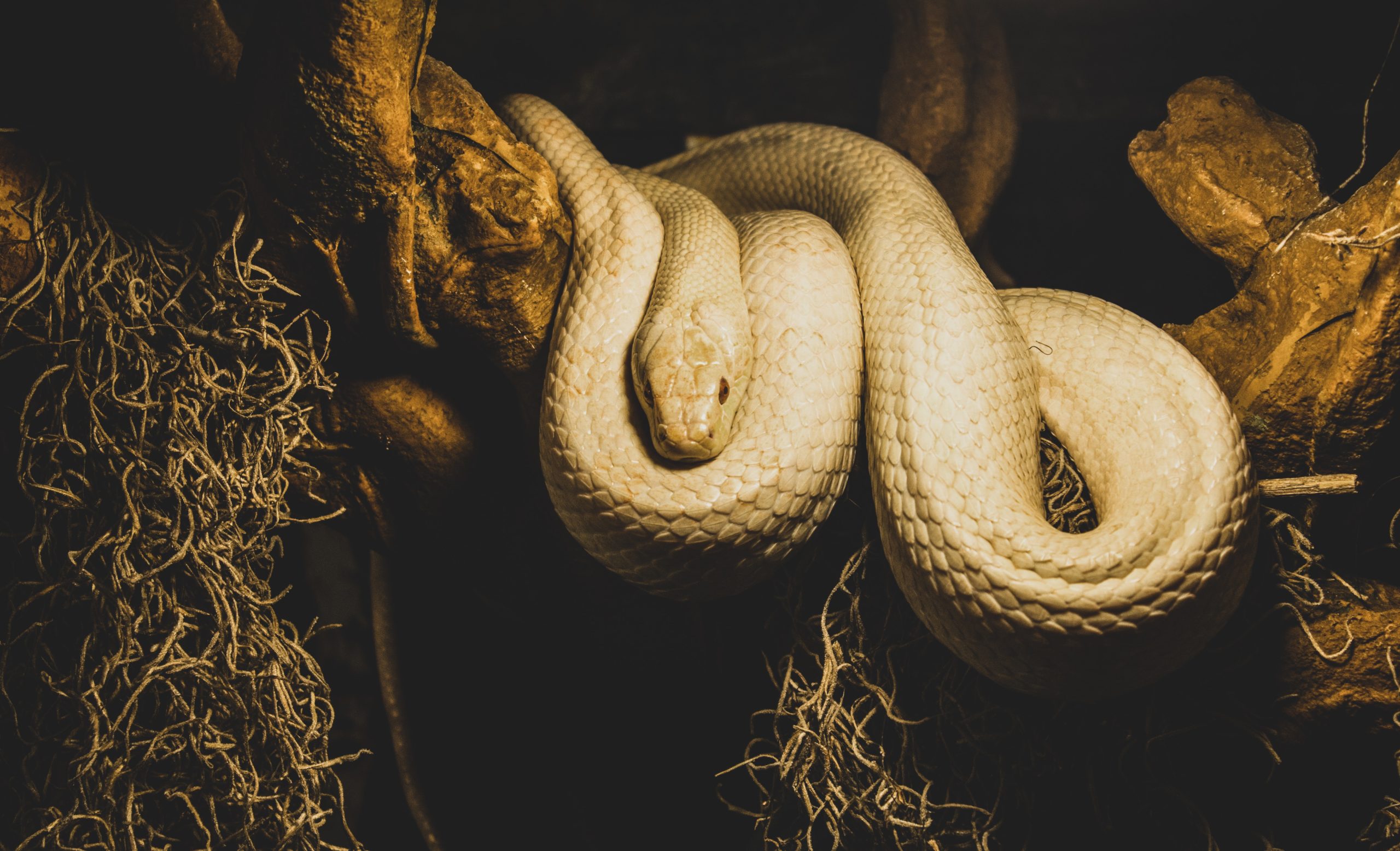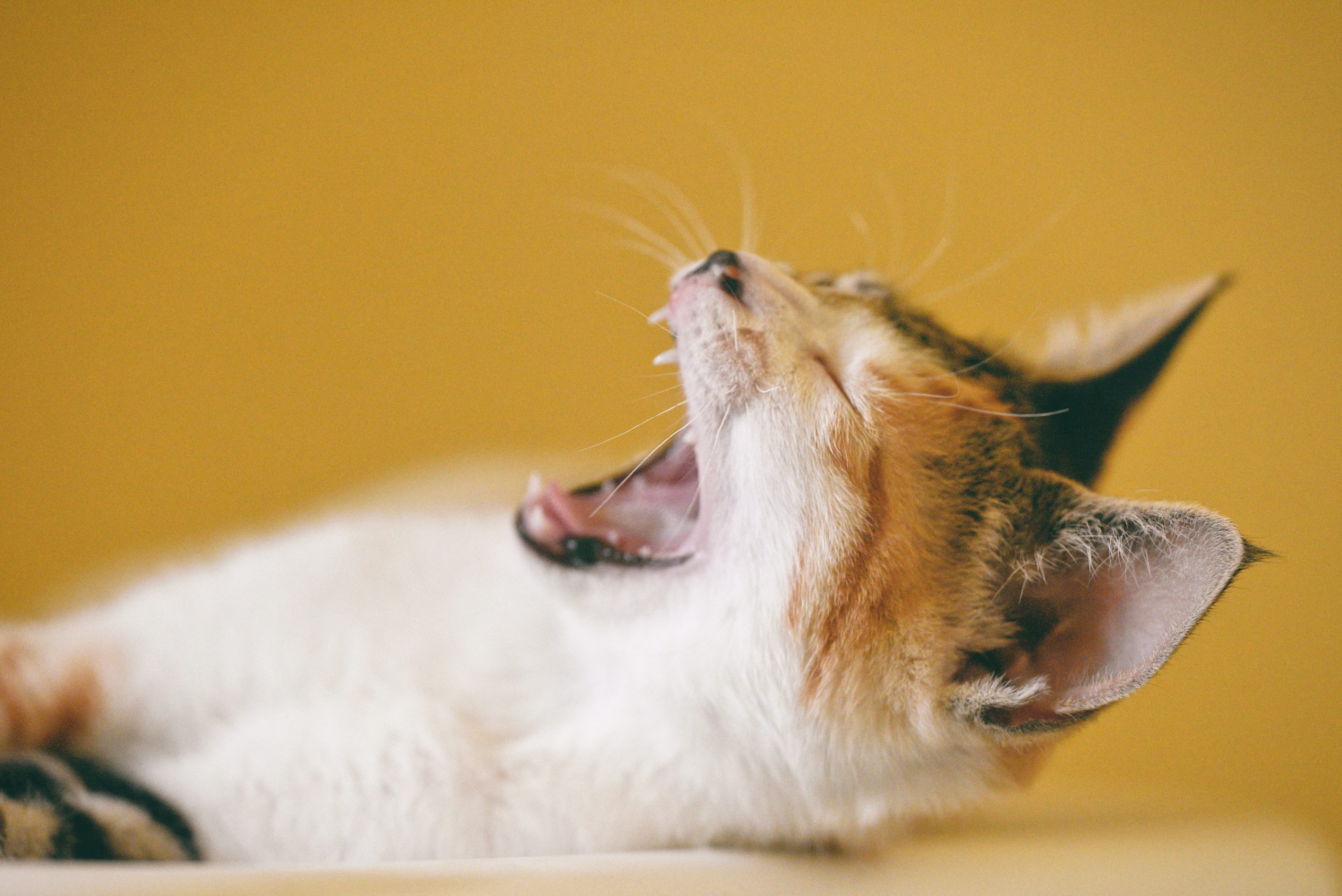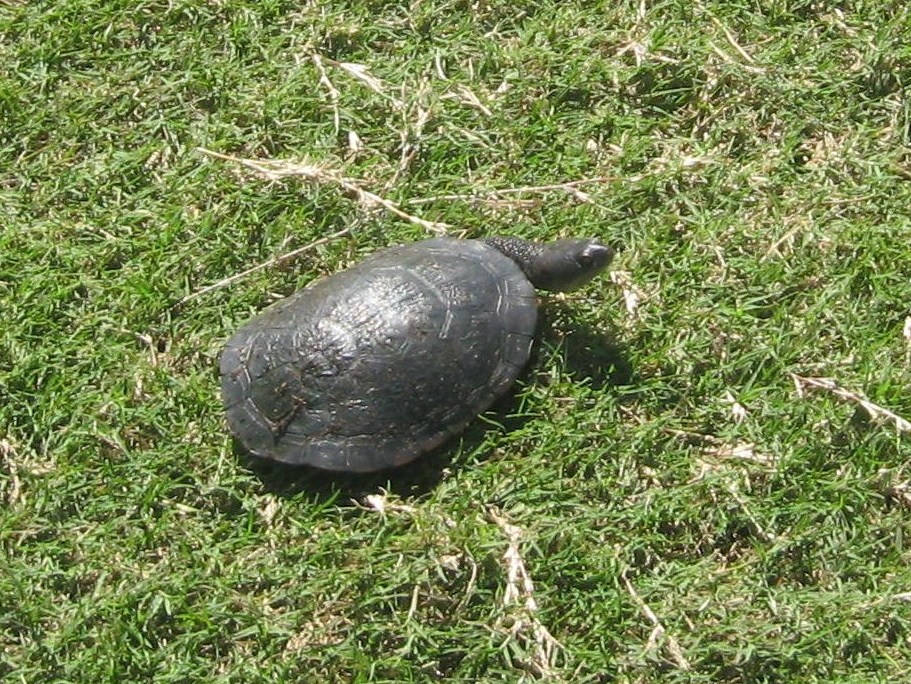The two lizards most commonly kept in Australia are the Eastern Blue Tongue and the Bearded Dragon. These lizards may live for 20 years or more, and grow considerably from the little babies purchased from dealers. You need to keep this in mind when designing an enclosure for them.
Housing
If your lizards are still young you will need to keep them inside. A 1-metre aquarium is suitable. Cover the floor with large gravel, and then provide hiding places (a pile of leaves and bark, a terracotta pot or a hollow log). Add a shallow water dish that can’t be tipped over. Ensure that the cage is kept dry, as these lizards do not do well in humid environments.
Heating
Heating should be provided at one end of the cage, creating a temperature gradient between 20ºC and 30ºC. At this hot end, a perch can be provided, allowing the lizard to get even warmer if it desires. (But make sure it cannot directly touch the heat source, or burns may result.) Blue or red lights, although a little cooler, can be used to provide heat at night. UV light can be provided by special reptile UV lights, or by allowing the lizards access to direct unfiltered sunlight for at least 30 minutes daily.
Feeding
Feed your lizard three times weekly, with 5 to 10 bite-sized pieces of food each time. They can be fed snails, chopped hard-boiled eggs, apple, grapes, soft vegetables and fruit, insects (crickets, mealworms, cockroaches, worms), dandelion flowers, milk thistle, commercial dog food (but no greater than 10% of their diet). Pelleted diets are available for bearded dragons, but should not be used as a complete diet. Weekly dusting of the food with a reptile vitamin and mineral mix is advisable.
General care
Your lizard will slough its skin several times each year. The skin will appear dull, and then start to look opaque. Be very careful handling your lizard at this stage, as the new skin underneath can be quite fragile. Providing a rock or rough piece of bark for the lizard to rub against can be helpful. If the skin does not shed completely, try soaking your lizard in warm water for 10 minutes and then gently pull the skin clear. Never force this process, and if soaking your lizard never leave it unattended in the water.
For more detailed information on caring for lizards, consult Care of Australian Reptiles in Captivity by John Weigel, published by the Reptile Keepers Association, or contact your local herpetological society.
Each Australian State or Territory has different regulations regarding the keeping of reptiles, and all prospective herpetologists (reptile keepers) should refer to their local state government website to ensure they understand fully all legal requirements.




